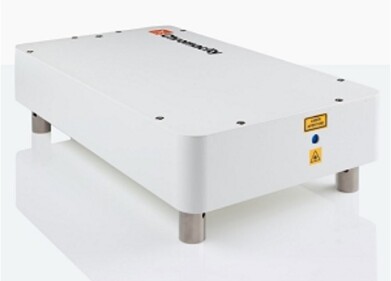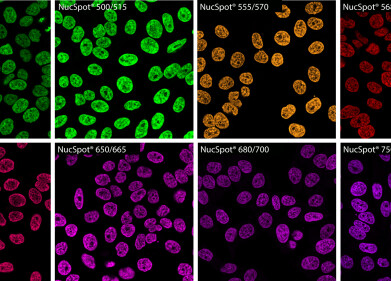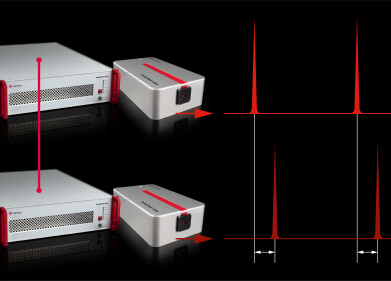-
 Currently there is no accurate test to predict heart attacks that is widely used
Currently there is no accurate test to predict heart attacks that is widely used
Microscopy & Microtechniques
New test could 'predict heart attacks'
Jan 10 2014
Patients that are at high risk of having a heart attack could soon be identified through a new technique. US researchers have found that identifying certain cell markers within a patient's bloodstream is an good indication of someone's chances of heart attack. This could help to employ measures that reduce this risk and help to cut down on the number of deaths that are a result of a cardiac event.
Information published today (January 10th) in the journal 'Physical Biology', explains how a "fluid biopsy" has proven successful in tests. Researchers found that they were able to distinguish patients that were having treatment for a recent heart attack from healthy participants by identifying circulating endothelial cells (CECs).
Researchers from the Scripps Research Institute, suggest that the new technique is ready to be tested on patients that are displaying cardiac symptoms but who have yet to have a heart attack. Currently there is no predictive test that can successfully identify those that have a high chance of having a heart attack and so this new technique could offer a good candidate for clinical use.
Professor Peter Kuhn, co-author of the study, said: "The goal of this paper was to establish evidence that these circulating endothelial cells can be detected reliably in patients following a heart attack and do not exist in healthy controls, which we have achieved.
"Our results were so significant relative to the healthy controls that the obvious next step is to assess the usefulness of the test in identifying patients during the early stages of a heart attack."
CECs are a strong indicator of heart attack when they begin to circulate in the bloodstream. It is thought that they arrive in the bloodstream - they usually line the walls of the arteries - when diseased plaque has built up, resulting in inflammation by causing ulcerations and ruptures. The damage to the arteries can create blood clots, which in turn reduce blood flow and result in a cardiac event.
By using a new technique called High-Definition Circulating Endothelial Cell (HD-CEC) to detect the CECs and characterise them. It was tested on blood samples from 79 patients that had recently suffered a heart attack. The technique was also used on 25 healthy patients and seven patients that were having treatment for cardiovascular disease, in order to provide a control group.
It was found the CECs were elevated in those patients that had suffered a heart attack when compared to the healthy patients.
Digital Edition
Lab Asia 31.6 Dec 2024
December 2024
Chromatography Articles - Sustainable chromatography: Embracing software for greener methods Mass Spectrometry & Spectroscopy Articles - Solving industry challenges for phosphorus containi...
View all digital editions
Events
Jan 22 2025 Tokyo, Japan
Jan 22 2025 Birmingham, UK
Jan 25 2025 San Diego, CA, USA
Jan 27 2025 Dubai, UAE
Jan 29 2025 Tokyo, Japan


















